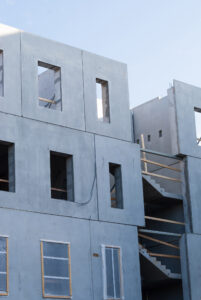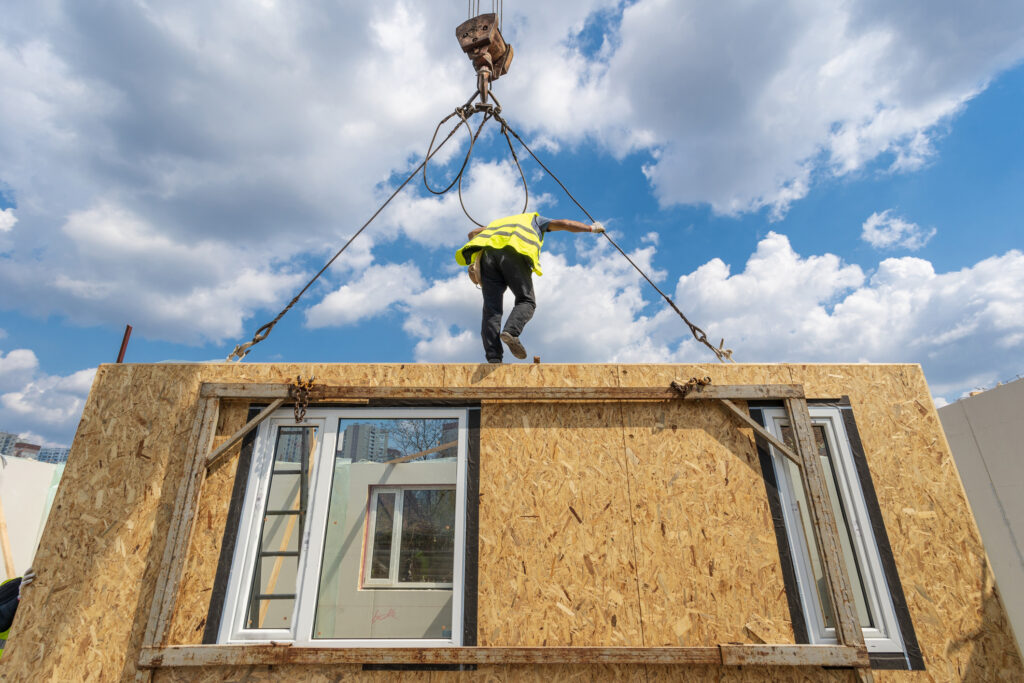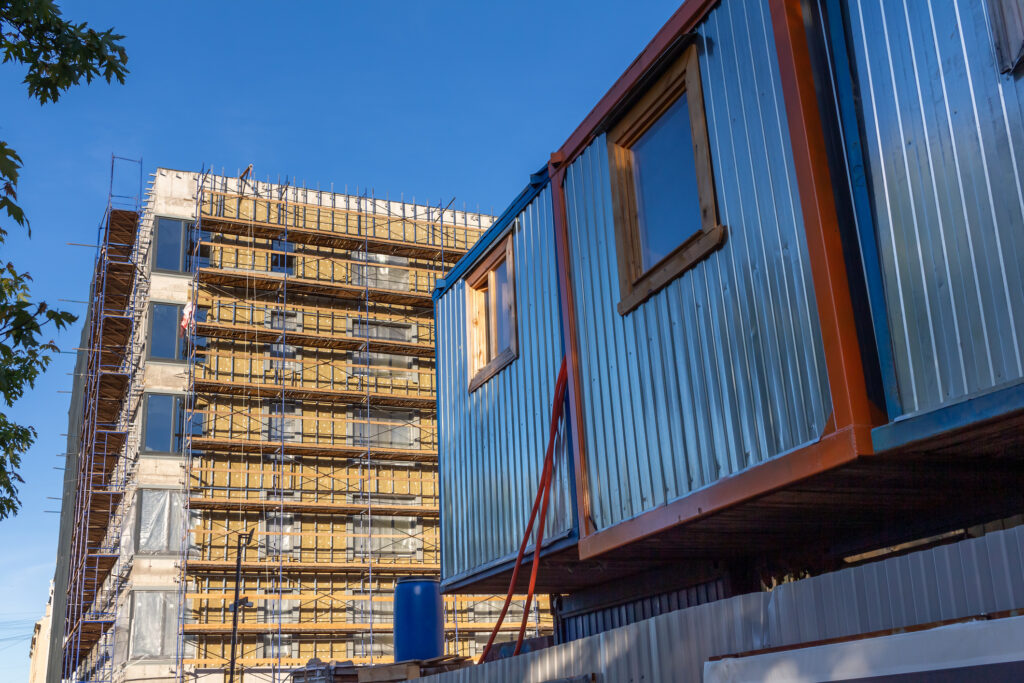
What Building Materials Are Used in Modular Construction?
There are three primary materials used in modern modular construction: wood, steel and concrete or cement. In this article, we are going to explore what the benefits are for each material.
![]() For decades, the concept of modular or prefabricated construction evoked imagery of mobile homes, trailers and other temporary or portable structures. As technology has changed, so has the definition of modular construction, as well as the materials utilized in the creation of these projects. Modern modular construction offers incredible flexibility, allowing structures of nearly any shape or size to be built in a fraction of the time required for traditional on-site construction.
For decades, the concept of modular or prefabricated construction evoked imagery of mobile homes, trailers and other temporary or portable structures. As technology has changed, so has the definition of modular construction, as well as the materials utilized in the creation of these projects. Modern modular construction offers incredible flexibility, allowing structures of nearly any shape or size to be built in a fraction of the time required for traditional on-site construction.
There are three primary materials used in modern modular construction: wood, steel and concrete or cement. In this article, we are going to explore what the benefits are for each material.
Wood Used in Modular Construction
The human race has been using wood for construction for well over 10,000 years. It is one of the most versatile materials in the world, commonly used for home framing. A skilled craftsperson can take a piece of seasoned wood and turn it into anything; from framework to a fence or a piece of furniture. The possibilities are only limited by the skill of the craftsperson.
Wood in modular construction is popular because it is lighter than the other two primary material options. Some types are more sustainable than others, but wood that is in good condition can be easily reused or broken down and recycled into new materials for other projects. Recycled wood is ideal for creating things like medium-density fibreboard (MDF) and particle board, which, while not as good as solid wood for things like framing, can be a valuable tool for a number of different applications.
When it comes to long-term applications, wood is incredibly durable. Even without modern drying and hardening techniques, there are wood-frame structures that have lasted for thousands of years.
Steel Used in Modular Construction
Modern construction, particularly involving large structures or skyscrapers, revolves around steel. The massive structures that dot the skyline in cities around the world wouldn’t be possible with a wood or concrete frame. Steel can be more difficult to work with than wood because of its weight and rigidity, but in a manufacturing environment, steel can be incredibly versatile, shaped into nearly any form imaginable or necessary for a particular modular project.
Steel is also durable and fire-resistant, enabling construction companies to create stronger and safer buildings. If weight isn’t a factor, steel-framed modular buildings can actually be easier to assemble than their wood-framed counterparts. Steel is also infinitely recyclable and more sustainable than virgin steel. Studies have shown that virgin steel can have a carbon footprint five times larger than its recycled counterpart.
Concrete and Cement Used in Modular Construction
Concrete is typically associated with foundations, but it has also become a valuable tool in modular construction. Steel-reinforced concrete or cement sections can be manufactured, dried and cured in a factory setting where everything — from the temperature to the ambient humidity — is closely controlled to ensure an optimal outcome. There’s no need to worry about a rainy day or cold snap ruining the concrete or preventing it from drying properly. It also makes the process of setting up vertical concrete walls a lot simpler, because there’s no need to create a mold or framework with modular construction — all the crew has to do is put the pieces together on-site.

Concrete might not be the only material used in a modular structure, but it is a popular choice for the core of a building because it is sturdy and strong enough to provide at least some support to the rest of the building.
The Future of Modular Construction
Modular construction won’t work for every project, but there are a growing number of applications for this technology and the techniques that accompany it. Regardless of the materials chosen, modular construction projects can be assembled in a fraction of the time that it takes for traditional projects of the same size and scope. These will likely grow in popularity in the coming years as a way for companies to provide affordable housing options and make it easier to keep up with strict deadlines.
Read how off-site construction offers an affordable solution to the housing supply here.
To learn more about modular and off-site construction, visit the International Code Council’s dedicated webpage here.









